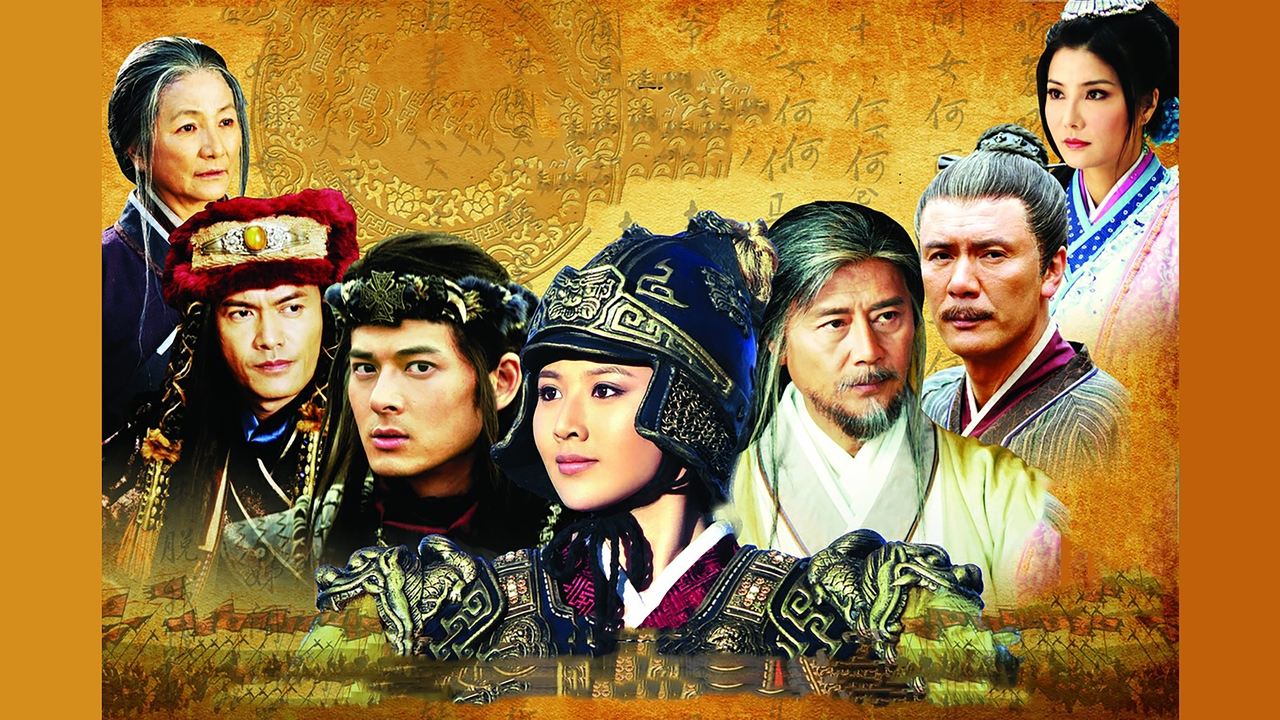

CCTV-1
Featured Show:
Legend of Hua Mulan
A retelling of the story of the strong willed Hua Mulan, who ends up joining an all male army in place of her elderly father.
CCTV-1 TV Shows
276 shows • Page 9 of 14
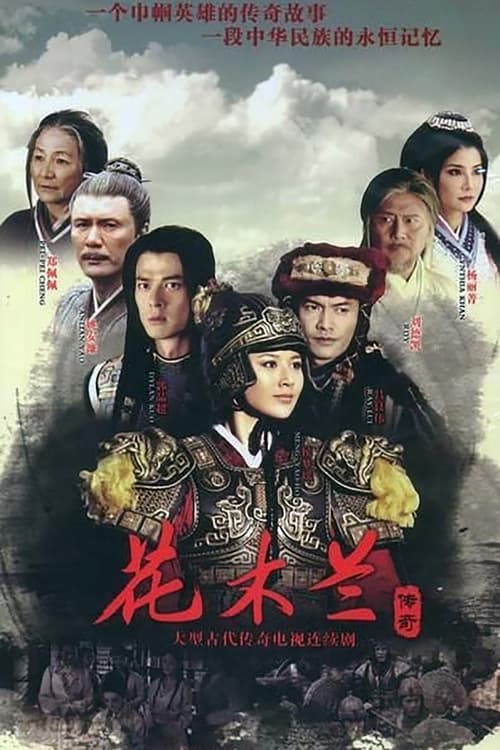
Legend of Hua Mulan
A retelling of the story of the strong willed Hua Mulan, who ends up joining an all male army in place of her elderly father.
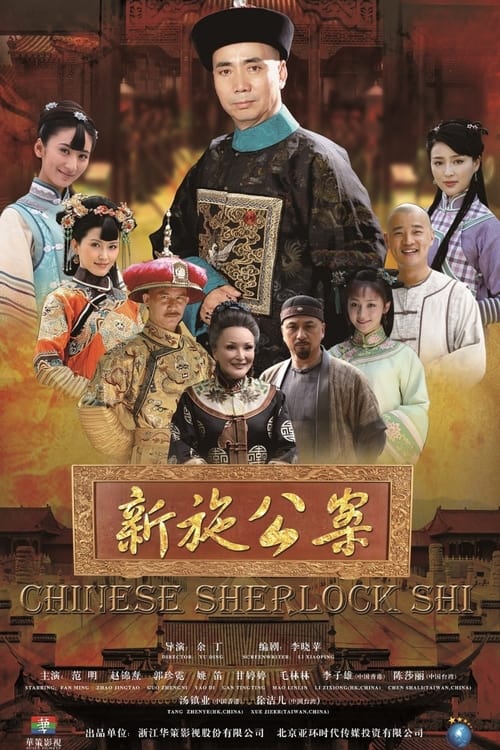 0
0Chinese Sherlock Shi
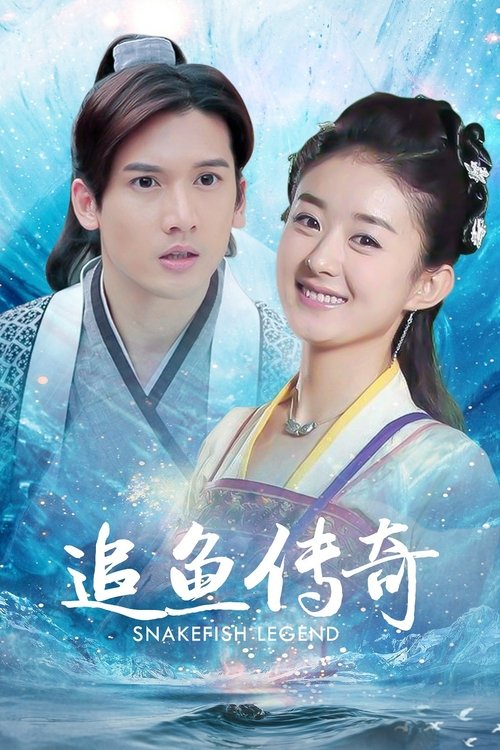
The Legend of Chasing Fish
A gentle scholar and a shape-shifting carp spirit fall for each other against all odds. But when betrayal and divine forces tear them apart, she must make a heartbreaking sacrifice to save him — and earn their chance at a true, human love.

Family Portrait
After the demise of the feudal dynasty and half a century of war and turmoil, the ancient land of China finally ushered in a long-lost peace. The founding of New China has greatly changed the fate of the most ordinary people in the imperial city. The upright and honest Wang Mantang is a craftsman who grew up in the old society. With his unique skills in restoring ancient buildings, he leads his partners to shoulder the revolutionary task of restoring ancient buildings for the new society.
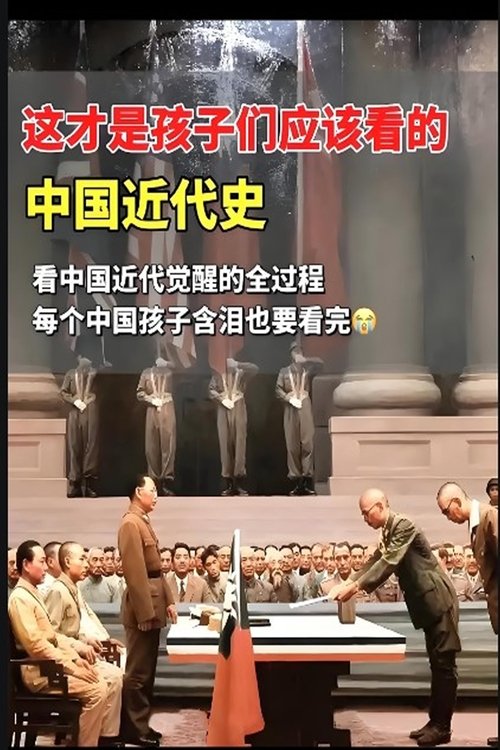 0
0中国近现代史

Happy Q-Bot
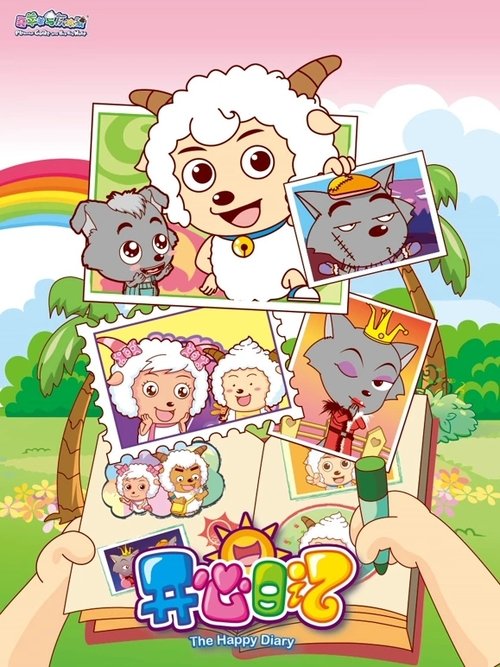
喜羊羊与灰太狼之开心日记
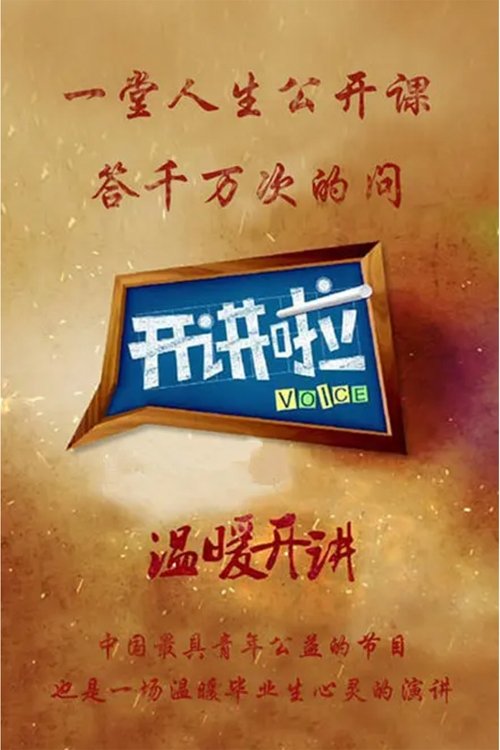 0
0Voice

阿U
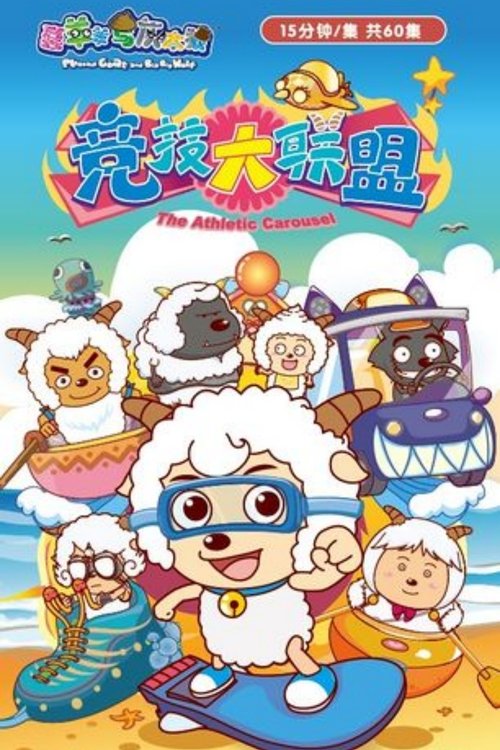
喜羊羊与灰太狼之竞技大联盟
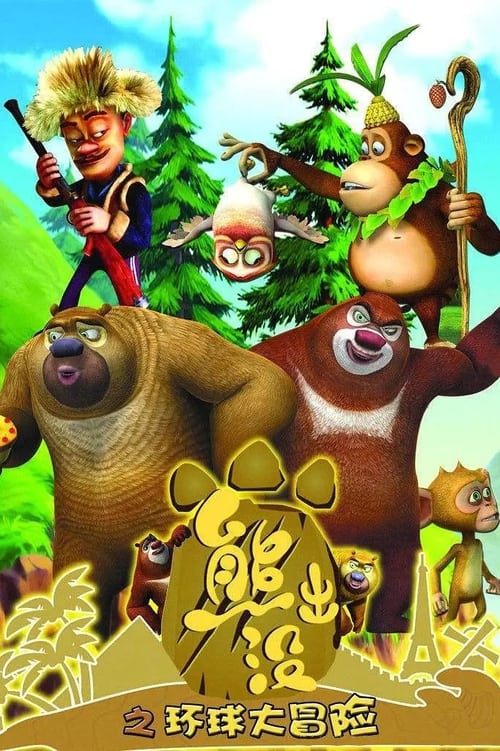
熊出没之环球大冒险
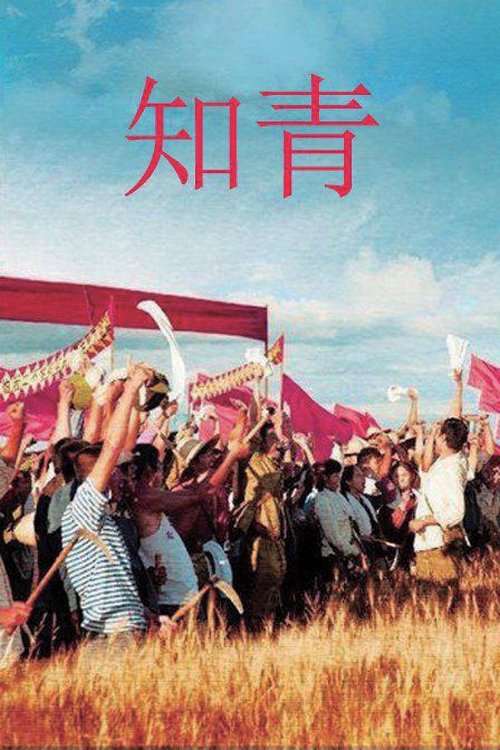 0
0Youth
On a rainy night in the Beidahuang forest area in 1969, the small train brought another group of educated youth from major cities across the country. Yang Bingkui, the stationmaster of Baihualin Railway Station, looked at the young and youthful faces and had a premonition that the arrival of this group of people would bring about earth-shaking changes to Beidahuang.
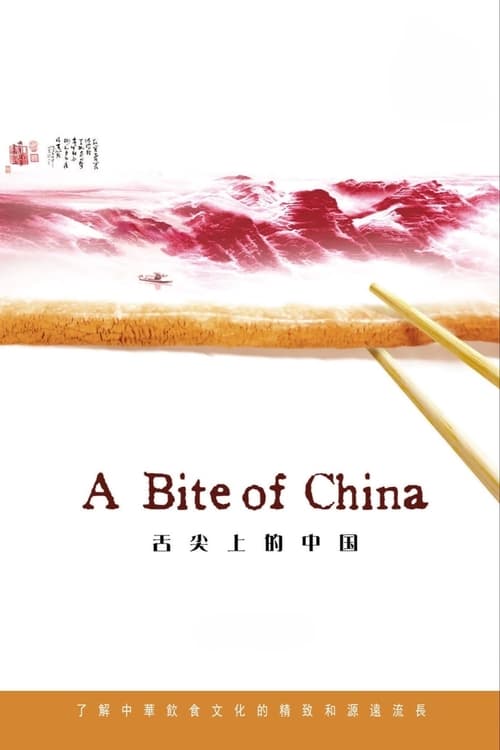
A Bite of China
This series explores the history, traditions and culture of Chinese food. Filmed at over 160 locations across China, this series truly is a feast for the senses. The seven-episode documentary series introduces the history and story behind foods of various kinds in more than 160 locations in mainland China, Hong Kong, and Taiwan. The documentary has also been actively encouraged as a means of introducing Chinese food culture to those unfamiliar with local cuisine.
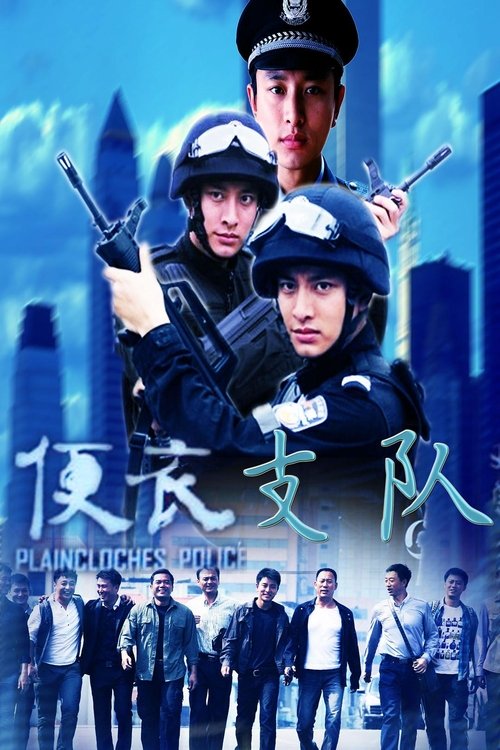 0
0便衣支队
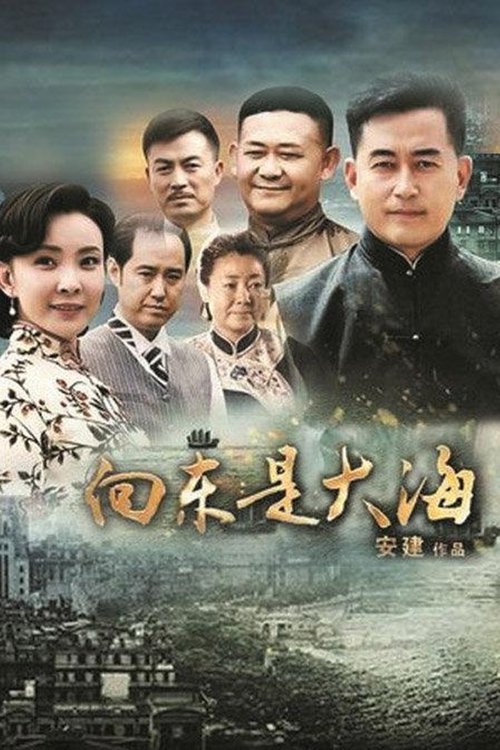 0
0向东是大海
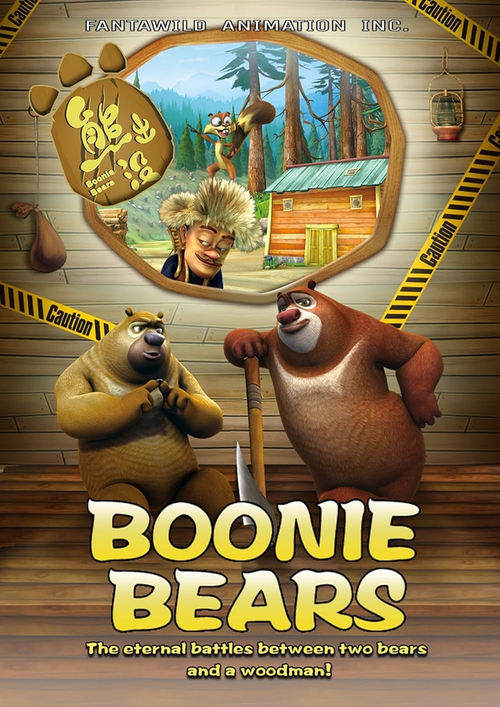 0
0Boonie Bears
Starring two bears, Briar and Bramble, who continuously try to stop Logger Vick from cutting down trees in their forest. Vick constantly tries to carry out his job as a woodcutter, only to be hilariously outwitted by the bears.
 0
0誓言今生
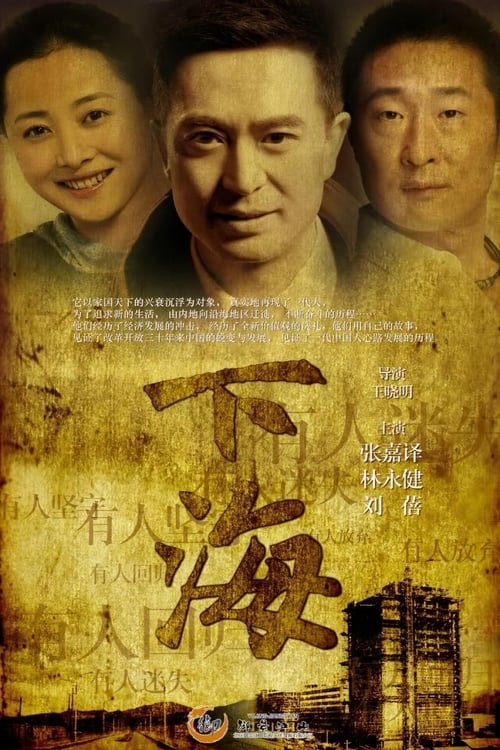
Going To The Sea
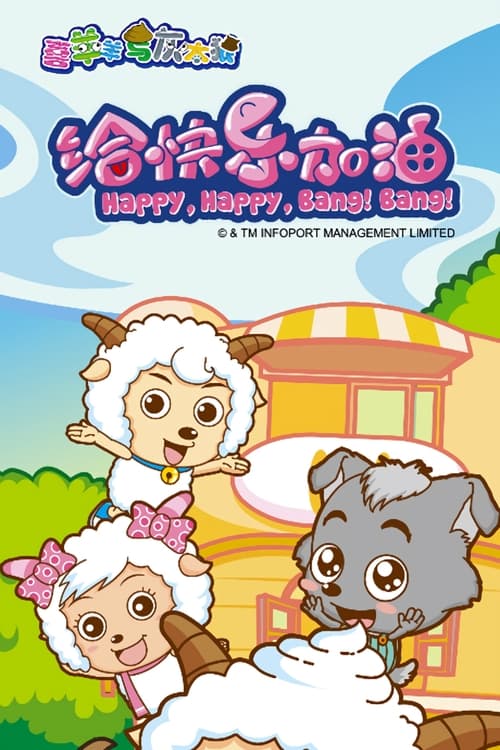
Pleasant Goat and Big Big Wolf: Happy, Happy, Bang! Bang!
Many changes are taking place on Green-Green Grassland this year. Wilie starts his school life. Paddi has an experience with supernatural power after getting hit by an apple from a tree. Most of the other goats are studying hard; Slowy invents miraculous machines; Wolffy and Wolnie keep trying to catch a goat. Those changes on Green-Green Grassland have become the dominant force to bring fun and joy to children all over the world.
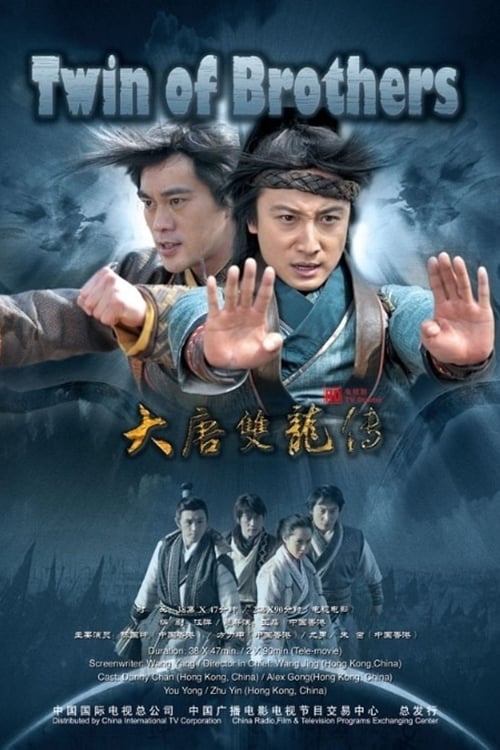 0
0Twin of Brothers
Kau Jong and Tzi Ling are both orphans. One day, when they are going to get martial arts lessons from the well known Sek Long, they find themselves stuck in the middle of a fight... a woman and their furture martial arts teacher!!